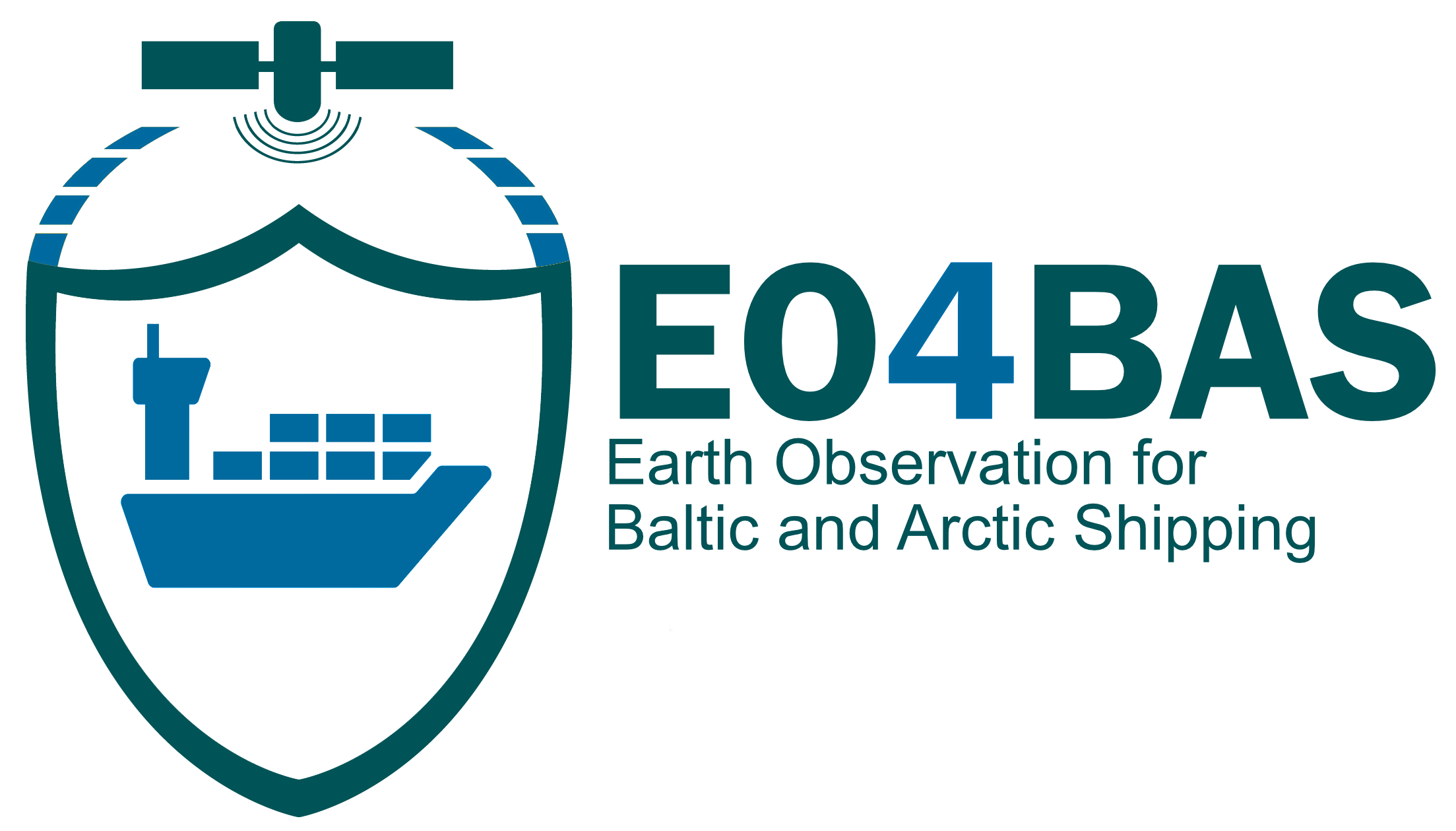Product Description
DescriptionSea ice thickness combined with sea ice concentration (see Section Ice concentration 4.7.1) provides an estimate of ice volume (described as the amount of space occupied by ice in a three-dimensional unit). Although sea ice floats over the ocean, part of the sea ice can be found under the water. The depth of sea ice below the surface of the ocean is known as the 'draft', while the depth of ice above the waterline is known as the 'freeboard'. On average approximately 1/9th of the sea ice is above the waterline and 8/9ths below although the exact amount depends on the buoyancy of the ocean below (Metoffice, 2023). The sea ice thickness is the sum of the freeboard and the draft. Only the freeboard ice may be measured by several platforms (e.g., airborne, satellite) and the draft from submersible and sonar, therefore the sea ice thickness derived by satellite altimeters refers to measurements of the sea ice freeboard, which is the difference between the height of the surface of sea ice and the surface of water in open leads (areas of open water within the sea ice). The snow on top of sea ice changes this ratio and complicates the estimation of the ice thickness, requiring the use of auxiliary information about snow depth and density. The retrieval of ice thickness uses the narrow radar swath at the nadir of the satellite at full resolution of approximately 1-10 km and a point spacing of 300 meters. The requirement to correct measurements for the snow depth introduces uncertainty into the measurement of sea ice freeboard. As freeboard is approximately 1/9th of the total sea ice thickness (freeboard plus draft), the described uncertainty can lead to larger impacts to navigation, as. sea ice with a thickness of 2-3 m can only be penetrated by ice-strengthened vessels or icebreakers with a sufficient ice class. Most ships and fishing vessels are not ice-strengthened and must therefore avoid all ice areas.
Product Specification
BUSINESS PROCESS | SD, SC, SCE, IN, SO |
DESCRIPTION | Ice thickness refers to the distance between the top surface of a body of ice and the underlying water |
EO INFORMATION OF INTEREST | Sea Ice Thickness (SIT) |
MAIN PROCESS STEPS | Satellites equipped with altimeters use laser beams to measure the height of the ice surface above the underlying surface. By subtracting the known elevation of the land or water beneath the ice, ice thickness is retrieved. Assumptions are made to remove influence of snow cover. |
INPUT DATA SOURCE | Altimeter data, snow cover thickness and density information |
SPATIAL RESOLUTION AND COVERAGE | 25-111km |
ACCURACY / CONSTRAINS | The requirement to correct measurements for the snow depth introduces uncertainty into the measurement of sea ice freeboard. |
LIMITATIONS | The snow on top of sea ice complicates the estimation of the ice thickness, requiring the use of auxiliary information about snow depth and density. Once retrieved the emerged portion of ice and assuming that is 1/9th of the submerged part, it can be estimated the total volume of the ice. The interpretation of data can indeed be challenging, especially when handled by personnel without extensive experience in the field. |
TEMPORAL RESOLUTION | Available from 1981 to ongoing at a variety of spatial and temporal resolution (weekly mean, monthly mean). |
FREQUENCY UPDATE | Daily, yearly |
DELIVERY / OUTPUT FORMAT | NetCDF, PNG, ASCII, XML |
ACCESSIBILITY | Copernicus Marine Service, Artic hub, NSIDC DAAC |
Business Process Challenges
Ship Design (SD) Challenges
- SD-1 Environmental Conditions
- SD-2 Defining Ice Class for Vessels
- SD-3 Vessel Concept, dimensions, and design
- SD-4 Material Selection in Ship Design Phase
- SD-5 Deciding design temperature (based on intended operations)
Ship Construction Challenges
Ship Construction (SC) Challenges
- SC-
- SC-1 Lifting Operations
- SC-2 Tow Operations
- SC-3 Planning of Sea Trials Outside of Ice Season
- SC-4 Avoiding Ice During Sea Trials
- SC-5 Planning of Sea Ice Trials
- SC-6 Finding Suitable Ice During Sea Trials
- SC-7 Ship Operation in Ice During Sea Trials
Ship Certification
(SCE) Challenges
- SCE-3 Risk Assessment for Operations in Ice
- SCE-4 Strategic Planning using Polaris
- SCE-5 Monitoring Ship Icing Conditions During VoyageSCE-6 Monitoring Sea Ice Conditions During Voyage
- SCE-7 Defining Design Parameters for Ship Class Rules
- SCE-8 Ship Emission Monitoring
- SCE-9 Ship Monitoring, Location and Operation
- SCE-10 Oil and Substance Spill Monitoring
Insurance (IN) Challenges
- IN-1 Incident InvestigationIN-2 Understanding the Current and Future Expected Conditions
- IN-3 Ensure compliance of portfolio with Poseidon PrinciplesIN-4 Risk evaluating vessels according to POLARIS
Ship Operation (SO) Challenges
- SO-1 Navigating Through Ice
- SO-2 Avoiding Ice Edge
- SO-3 Navigating Along (or just inside) the Ice Edge
- SO-4 Avoiding Ship Icing Conditions
- SO-5 Avoiding Sea Ice
- SO-6 Oil Spill Monitoring
- SO-7 Avoiding Snow Cover on Ice
- SO-8 Strategic PlanningSO-9 Risk Analysis According to POLARIS
- SO-10 Search & Rescue Operations
- SO-11 Monitoring Vessels Without AIS Transponder
- SO-12 Navigating Waters with Poor Charting

